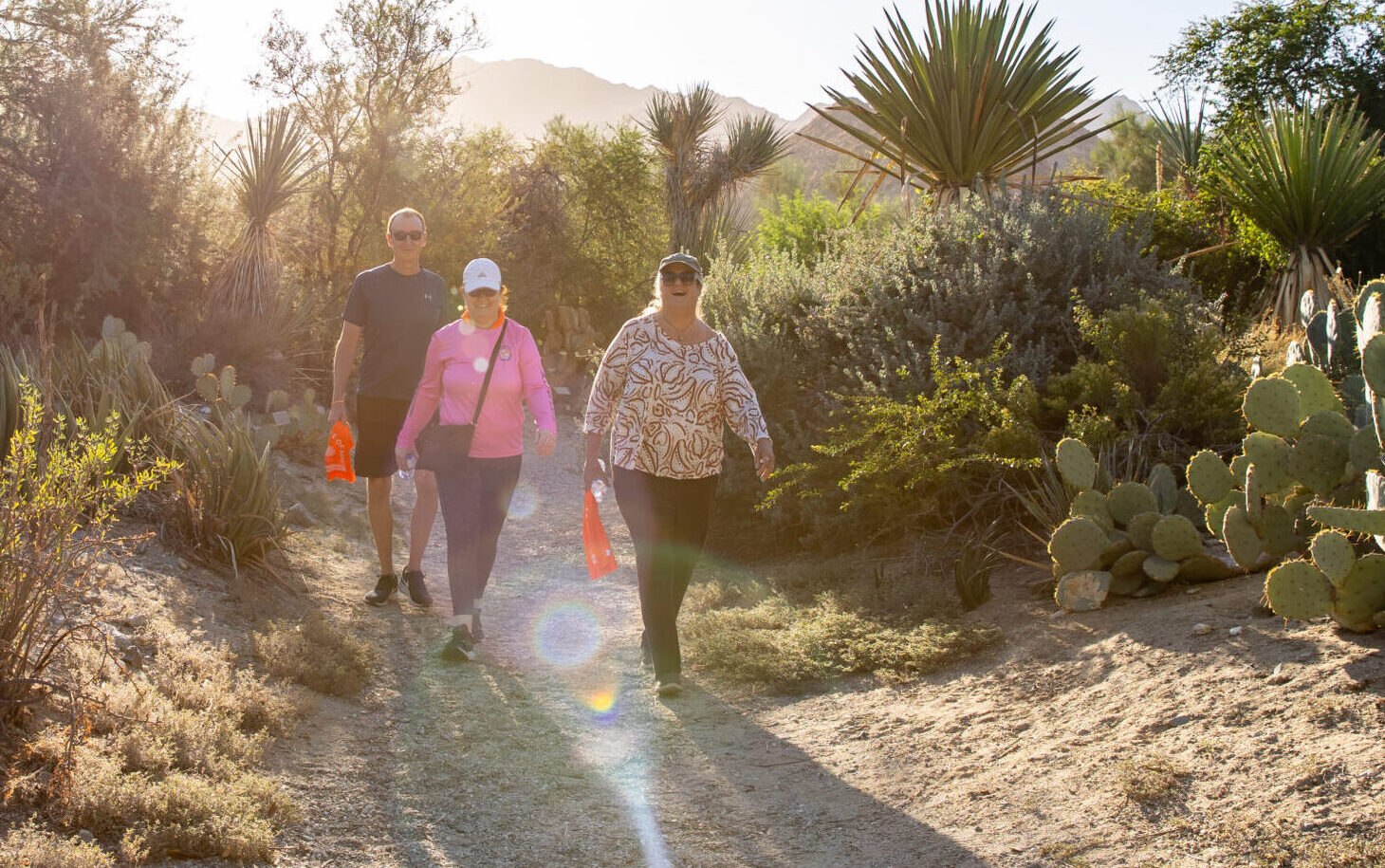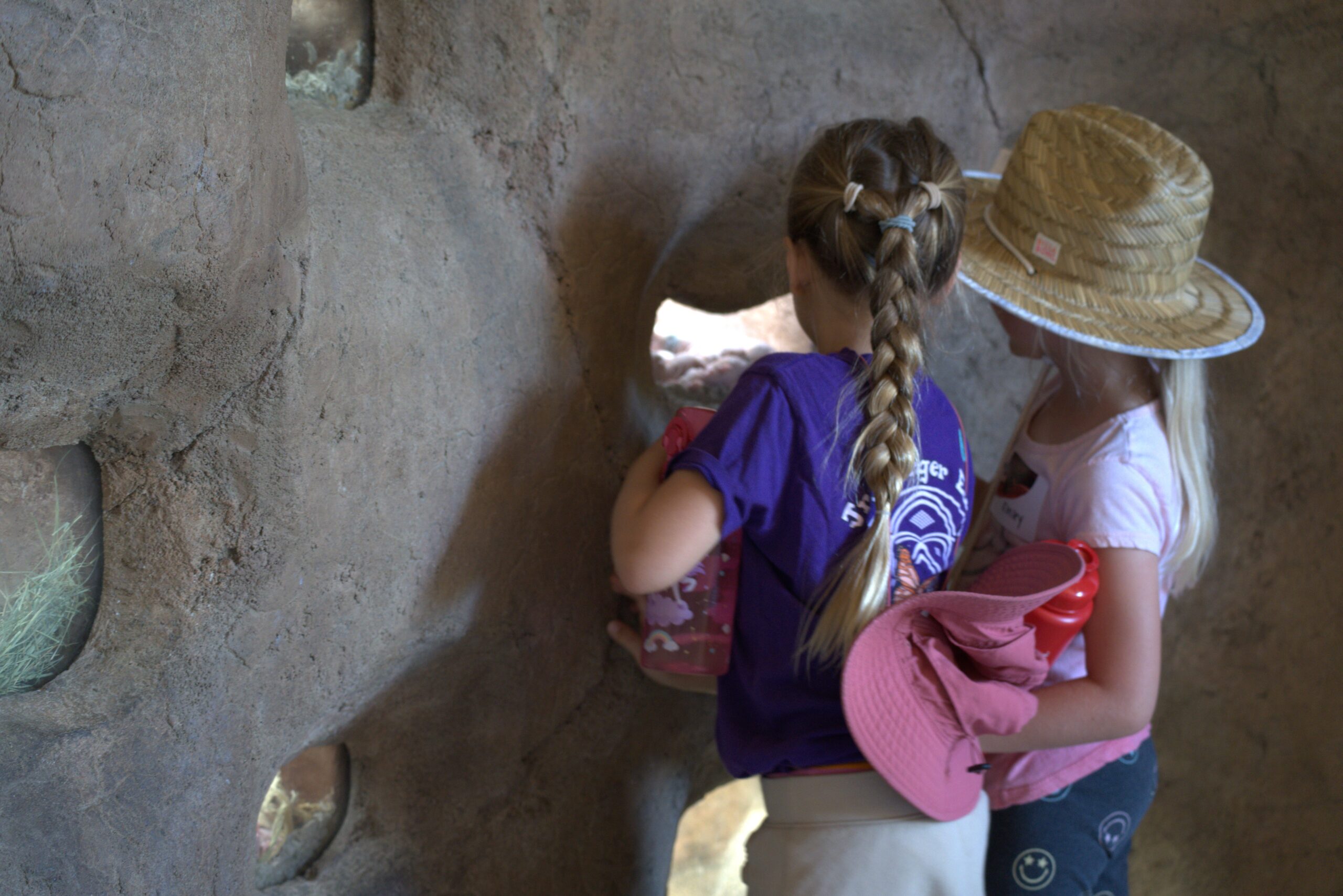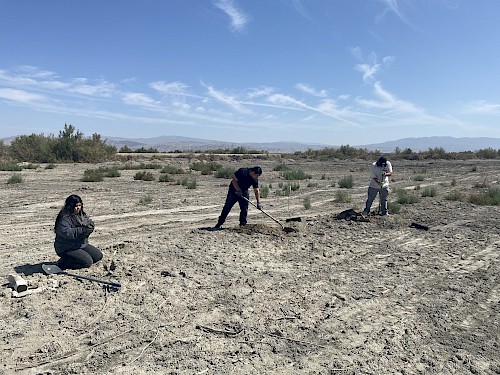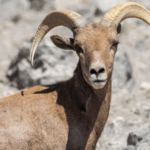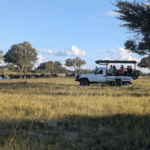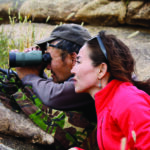Caring for the environment requires all of us. Unfortunately, some of the most important members of our community lack the necessary resources, materials, and experience. This is particularly the case among young Tribal community members, an important group of people who will be at the forefront of caring for nature on their own lands and across the California Desert in the future.
The Living Desert partners with the Torres Martinez Desert Cahuilla Indians (TMDCI) to offer the Torres Martinez Youth Environmental Ambassador (TM-YEA) program, with a Youth Community Access Grant from the California Natural Resources Agency. This program aims to reconnect Indigenous youth with their ancestral homelands, their traditional ecological knowledge, and introduce participants to various fields of conservation. Our goal has been to stimulate a passion for wildlife and wild places among these young environmental leaders. Ideally, all of them will become passionate advocates for the environment, and some, hopefully, will go into conservation as a discipline.
DESERT PLANT PROPAGATION
As part of the TM-YEA program, The Living Desert’s Conservation Department recently donated 533 plants that that were grown on Zoo grounds to restore a Tribal owned parcel of land near the mouth of the Salton Sea. The Living Desert collected the seeds from a number of plant species in the Salt Creek area, including various saltbushes, alkali goldenbush, arrowweed, Mojave seablite, and honey mesquite. Staff and volunteers propagated the seeds at The Living Desert’s Desert Plant Conservation Center. There, the team grew and maintained the plants – where they were safe from hungry herbivores – with the goal of outplanting them once they reached a suitable size, contributing to our local ecological restoration efforts.
These plants were chosen because they are hearty species that can thrive in soils with higher saline content. Also, they are native to the region and may be able to outcompete the invasive tamarisk plant that has become widespread and overtaken native flora. As native plants, these species make good forage for our local wildlife, including birds and tortoises, and serve as a nectar source for pollinators. By sourcing the seeds locally, the plants that were grown at The Living Desert are well adapted to live in our local ecosystem.
HABITAT RESTORATION
The Living Desert donated these 500+ plants to the Torres Martinez Desert Cahuilla Indians, not only to assist with ecological restoration on Tribal land, but also to provide a hands-on learning opportunity for TM-YEA participants. Staff from The Living Desert and the Torres Martinez Desert Cahuilla Indians’ (TMDCI) Natural Resources Department led TM-YEA participants in restoring this habitat. This land is adjacent to White Water River channels that provide an important source of water for local and migrating birds. Much of this land was previously overtaken by invasive tamarisk plants. TMDCI previously cleared the tamarisk from this parcel of land. However, that has left the exposed soil vulnerable to erosion, especially from the strong winds that frequent this region.
The Living Desert staff taught TM-YEA participants about the environmental challenges of invasive species and soil erosion and how they could help address these issues by planting native plants. TMDCI staff brought the propagated plants to the parcel of land and TM-YEA participants learned about ecological restoration techniques. Digging the holes for the plants was no easy feat in the dense, clay soil! However, after a morning of hard work, all the plants that were brought out that day were in the ground
ESTABLISHING NATIVE PLANTS FOR THE ECOSYSTEM
TMDCI staff will care for the plants until they are well established, at which point they will hopefully provide important forage and shelter for desert wildlife and sources of food and medicine for Tribal members. In addition, their roots will help anchor the soil and prevent erosion. Beyond the ecological and cultural benefits, this was an opportunity for TM-YEA participants to learn about and directly partake in ecological restoration.
We hope such knowledge and experiences will encourage Indigenous youth to consider an environmental science path in higher education and expose them to one of the many diverse fields of conservation. In any case, the TM-YEA youth helped to restore this important ecosystem, an important step towards healing the planet!
